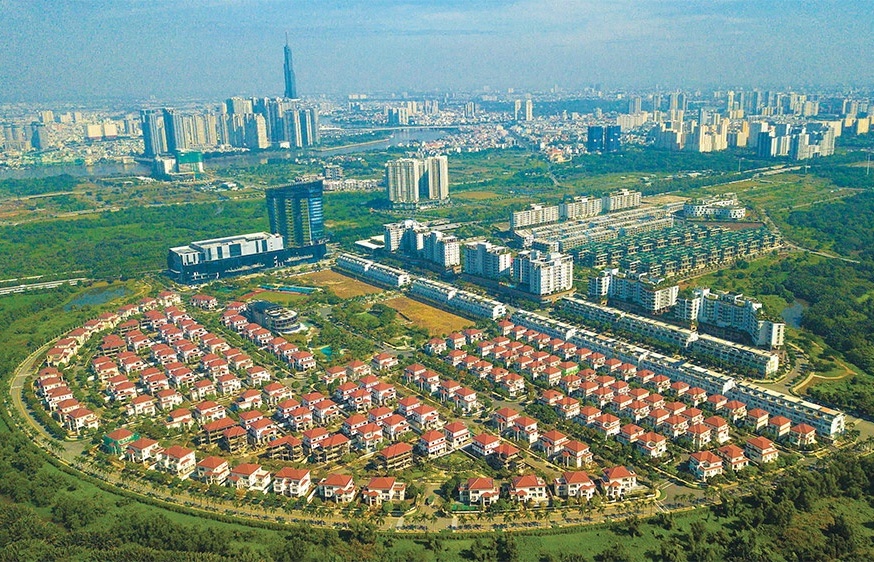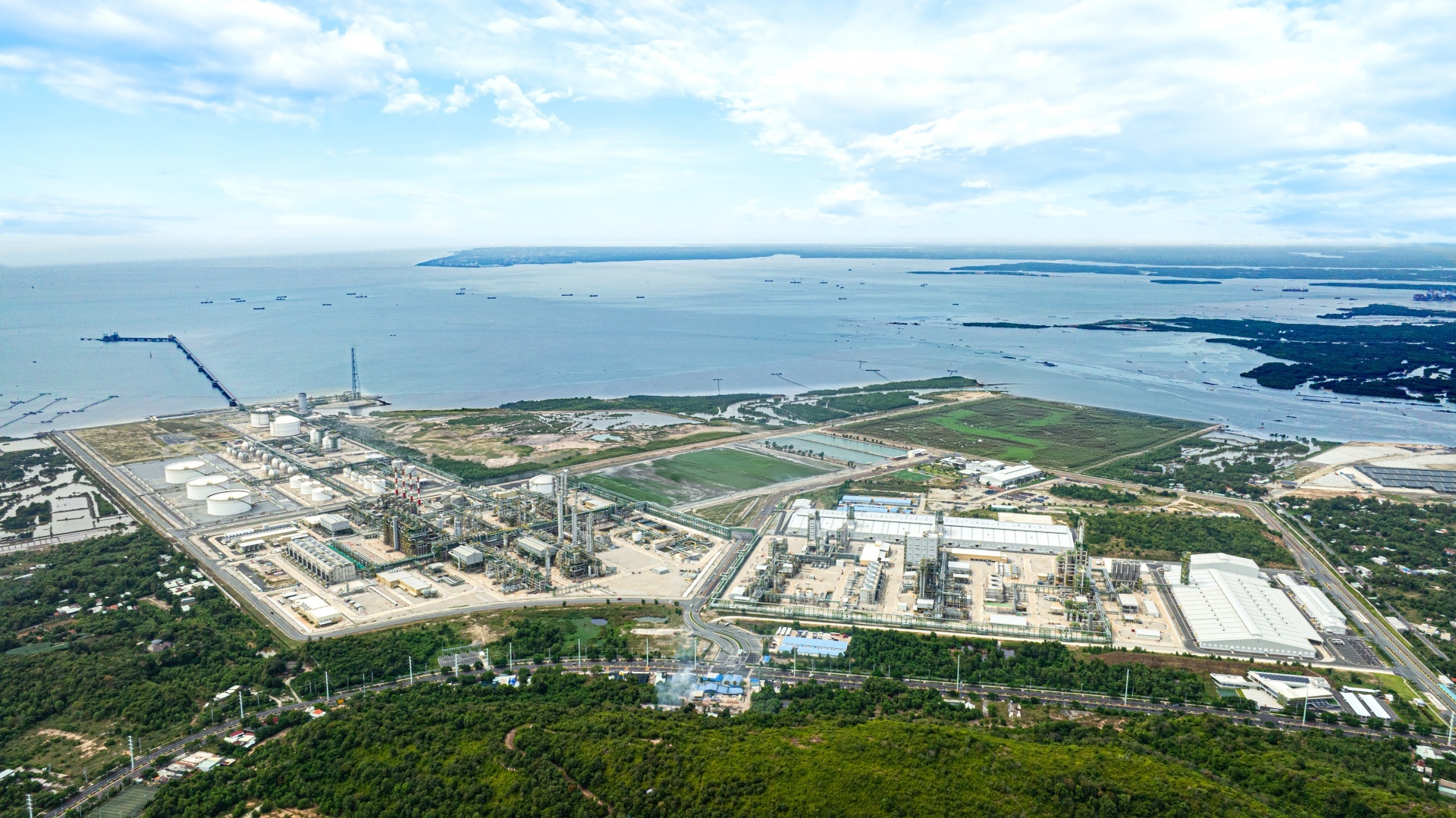Firms learn to pay the market rate
 Ministry of Finance Department of Public Asset Management head Pham Dinh Cuong explained why this was the case.
Ministry of Finance Department of Public Asset Management head Pham Dinh Cuong explained why this was the case.
Has the land rental cost firms must pay been driven up by Decree 121/2010/ND-CP?
Under former regulations in Decree 142/2005/ND-CP of November 14, 2005 on land rents and water surface rents, taxable land prices were regulated by provincial level people’s committees and were often much lower than actual market rates. Under new regulations taxable prices are based on market rates, so that the chunk is bigger than former amount.
Particularly, in light of the former regulations, rental rates were tantamount to 0.5 to 2 per cent of the rates fixed by provincial people’s committees. Now they are equal to 0.75 to 3 per cent of market rates, leading to sharp hikes of five to six fold the amount firms previously had to pay in land rental. Therefore, firms’ strong reactions are inevitable.
The government has twice lowered land rents after a year Decree 121/2010/ND-CP came into force. Why?
When Decree 121 was enforced, that was also the time firms incurred many difficulties in the face of escalating input costs and high lending rates. To relieve firm burdens, the Ministry of Finance proposed the government slash land rental amount by a half in 2011 to support firms. Since 2012 was forecast to be another tough year, the ministry continued turning to the government for permission to halve [land rental] amounts in 2012.
Despite declining rental amounts, total budget revenue from land rentals still came to VND3.332 trillion ($158.6 million) in 2011, exceeding VND588 billion ($28 million) against projections. The proposed budget revenue from land rental was an estimated VND3.482 trillion ($165.8 million) this year, surging 4.5 per cent against 2011, reflecting that the new policy on land rental matches the real situation. Reducing rental amount is just a short-term solution to help firms stay strong.
Will the new land rental scheme hinder firms’ production and trading activities?
The country is currently home to 500,000 enterprises which only paid VND3.332 trillion ($158.6 million) in land rentals to the state coffers last year.
Besides, of these half a million enterprises few are eligible to lease state land, the remainder must lease space from other individuals and corporate entities at close to market rates.
Therefore, hiking land rental is also aiming at ensuring impartiality in land usage and creating a level playing field between firms eligible to lease state land and those not having the right.
Will firms be subject to paying land rental in full when the economy gets back on track?
We have yet to mull revising Decree 121 since the new land rental policy is aiming at several targets. First, it is to ensure equality between businesses eligible to lease state land and those not getting the right.
Second, land rental amount is low compared to firms’ total expenses even if firms pay land rents in full under Decree 121. Third, setting rents at suitable rates will promote effective use of land resources, avoiding wasteful use of land on the back of low rental rates.
Hiking budget revenue is the final target, isn’t it?
That is right. In light of Vietnam’s infrastructure development strategy to 2020, budget allocations for infrastructure development could only satisfy 46 per cent of actual demands. So how can we raise extra money for infrastructure development and upgrades if we do not hike contributions from the land sector, particularly from land rentals.
In the future, land rentals should be set at around 2 per cent of firms’ total annual expenses to offset investment capital deficit.
What the stars mean:
★ Poor ★ ★ Promising ★★★ Good ★★★★ Very good ★★★★★ Exceptional
Related Contents
Latest News
More News
- Nhon Trach VI Industrial park welcomes new high-quality warehousing facility (November 03, 2024 | 20:19)
- Long-term funds to address logistics cost (November 03, 2024 | 19:52)
- C.P. Vietnam joins PPP to promote transformation of food industry (November 02, 2024 | 10:04)
- Hung Yen propels investment in Germany and the Netherlands (November 02, 2024 | 09:54)
- 2024 may be Vietnam's most successful year for FDI (November 01, 2024 | 16:10)
- Logistics supply chain efficiency on the rise (October 31, 2024 | 17:27)
- Digital transformation to compete in challenging logistics market (October 31, 2024 | 17:20)
- FDI success promising in light of fresh plans (October 31, 2024 | 17:12)
- Vietnam's logistics sector confronts new challenges (October 31, 2024 | 14:40)
- VinFast to secure $1 billion funding led by Emirates Driving Company (October 31, 2024 | 11:12)



 Tag:
Tag:





















 Mobile Version
Mobile Version